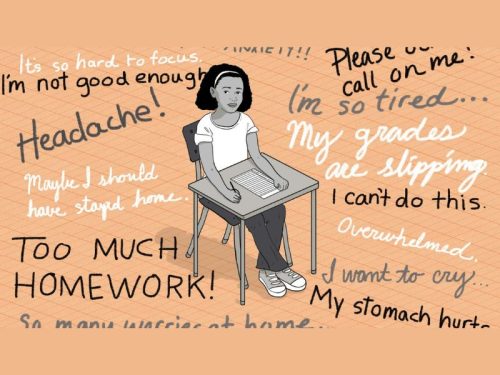The mental well-being of students should be prioritised above all else
By -Rajesh Bhatia, Founder and Managing Director of Tree House Education & Accessories Ltd
A 2021 survey by the Indian Council of Medical Research (ICMR) revealed that 12–13% of students in India experience severe psychological, emotional, and behavioural conditions. The stigma persists due to a lack of awareness among students, their parents, and friends, leading to the neglect of mental health symptoms. Given the substantial time children spend in school, educators and policymakers bear the responsibility of fostering a mental health-friendly environment. Educator and founder of the nationwide chain of TreeHouse schools, Rajesh Bhatia, highlights key steps that can be integrated into the school system to ensure that students’ mental health is prioritised not just during the exam season but always.
Mental Health Programmes
There are several proven effective global models for School Mental Health Programmes (SMHP) that our schools too can adopt. Policymakers should explore comprehensive SMHP options that encompass all school children, spanning both rural and urban areas. This is crucial because students’ behavioural changes are influenced by their family circumstances, geographic peculiarities, and life outside educational institutions. The focus must be on a nationwide SMHP program, based on the mental health promotion, prevention, and early identification (PPEI) model. It will also ensure the collective involvement of teachers, parents, and other stakeholders, in the mental well-being of students.
Counsellors and Trainers
The Central Board of Secondary Education (CBSE) recommends that all secondary and senior secondary schools should have a counsellor and conduct psychological exercises to enhance students’ self-worth, self-image, and resilience to pressures. The presence of the counsellor will also assist in early identification and referral for medical care for needy students in case of emotional challenges. Introducing practices like meditation and yoga will also improve concentration levels and assist them in coping with stress. Another approach is to give due importance to sports and other physical exercises in the curriculum with the support of a well-equipped physical training department.
Positive environment
The schools must focus on creating a healthy, non-judgmental environment and foster a positive relationship between students, their peers as well as teachers. They should encourage self-expression, and sensitise students to the negative impact of bullying and physical or verbal abuse. Safe spaces where students can share their issues and get counselling are a must. Another important step is to have regular mental health checks and supportive student groups so that any signs of behavioural changes, grief, anger, anxiety, or sadness among students can be brought to the notice of teachers or counsellors.
Open communication
Schools should engage in regular interactions with parents and create a smooth channel for better understanding of the children. Open communication between parents and teachers facilitates the exchange of vital information about early warning signs of behavioural changes while their rapport also creates a sense of emotional security in students. PTA meetings mustn’t just focus on academic growth but on the emotional well-being and mental health markers of students to ensure that any small issue they may be facing does not become overwhelming.
















Add comment